by Gary Powell
New opportunities are emerging for all of us in the creative arts, science, education and even politics. These opportunities are optimized and become more sustainable when they are born from our own ingenuity and talent and then coupled with the knowledge and implementation of new technologies. This is not new! Look no further than Walt Disney, the Man, to understand combining an individual’s ingenuity with new technologies. Also, for me, these new opportunities are not simply happening from having spent thirty years of becoming a successful composer and record producer. Yes, my effort and contribution can’t be dismissed, but it’s not the whole story. 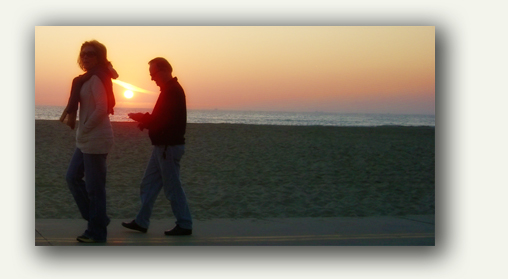
In November, 2007, I intentionally made a shift toward creating relationships with individuals rather than companies. Some individuals connect. Some don’t. However, in the past five months since my outreach toward the personal began, I’ve identified and attracted, as we say in Texas, “a whole ‘nother level” of creative human beings who are contributing to the good of the whole. These are individuals who have also learned how to take care of themselves in the process. No longer does each of us see large institutions as stumbling blocks or the gatekeepers of our aspirations. We simply see these biggest and most immovable organizations as becoming irrelevant. In looking back on my relationships with large corporations, universities, churches, and arts organizations, I now understand that I never really had relationships with those institutions. I had relationships with people – with individuals.
This is how both we and the things we care about can win.
As people of substance, talent, training, education, and entrepreneurship in the arts begin to embrace and support each other’s visions, we each create deeper and more nuanced relationships. This has always been true. Now, unfortunately for some, the naive and narcissistic often mistake computer code as relating. Meaningless code traffic, to coin a new phrase, will never yield more than flipping through channels did on the TV two decades ago. However, code traffic, when accurately reflecting our work and our relationships, then shared publicly, can be powerful. This is how both we and the things we care about can win.
I did a study about networking, while I was teaching at the University of Texas Butler School of Music, in order to learn how all of us choose the people with whom we work and associate. The results – the smartest and the brightest find each other. Period! It’s like the law of magnetism. In youth, we utilize this law unconsciously, but in adulthood, we can CHOOSE who we associate with, especially in a public way – online. Our connections then gain significance when attraction to the successful also turns to the soulful and to the brilliant and to the quiet and to the lovely and to the healing and to the pliant and to the conscious and to the absolutely wonderful individuals who enlighten not only their world, but our own lives and purposes as well. And, as we purposefully link to one another beyond simply adding code, the occasional unseen moment of beauty, as in the photo above, just might yield to our will while others watch in amazement.
(I shot this photo from a car window on Balboa Island thinking I was just getting two people with a beautiful sunset behind them. I did not see the subtlety of the connecting cloud between them until later.)
Helpful? Then Copy, Paste and Tweet It:
Creating Your Own Opportunities. http://tinyurl.com/6mbnwz
All Content of Gary Powell’s Site is Licensed Under a
Creative Commons Attribution-NonCommercial-NoDerivs 2.5 License

.
by Gary Powell
New opportunities are emerging for all of us in the creative arts, science, education and even politics. These opportunities are optimized and become more sustainable when they are born from our own ingenuity and talent and then coupled with the knowledge and implementation of new technologies. This is not new! Look no further than Walt Disney, the Man, to understand combining an individual’s ingenuity with new technologies. Also, for me, these new opportunities are not simply happening from having spent thirty years of becoming a successful composer and record producer. Yes, my effort and contribution can’t be dismissed, but it’s not the whole story. 
In November, 2007, I intentionally made a shift toward creating relationships with individuals rather than companies. Some individuals connect. Some don’t. However, in the past five months since my outreach toward the personal began, I’ve identified and attracted, as we say in Texas, “a whole ‘nother level” of creative human beings who are contributing to the good of the whole. These are individuals who have also learned how to take care of themselves in the process. No longer does each of us see large institutions as stumbling blocks or the gatekeepers of our aspirations. We simply see these biggest and most immovable organizations as becoming irrelevant. In looking back on my relationships with large corporations, universities, churches, and arts organizations, I now understand that I never really had relationships with those institutions. I had relationships with people – with individuals.
This is how both we and the things we care about can win.
As people of substance, talent, training, education, and entrepreneurship in the arts begin to embrace and support each other’s visions, we each create deeper and more nuanced relationships. This has always been true. Now, unfortunately for some, the naive and narcissistic often mistake computer code as relating. Meaningless code traffic, to coin a new phrase, will never yield more than flipping through channels did on the TV two decades ago. However, code traffic, when accurately reflecting our work and our relationships, then shared publicly, can be powerful. This is how both we and the things we care about can win.
I did a study about networking, while I was teaching at the University of Texas Butler School of Music, in order to learn how all of us choose the people with whom we work and associate. The results – the smartest and the brightest find each other. Period! It’s like the law of magnetism. In youth, we utilize this law unconsciously, but in adulthood, we can CHOOSE who we associate with, especially in a public way – online. Our connections then gain significance when attraction to the successful also turns to the soulful and to the brilliant and to the quiet and to the lovely and to the healing and to the pliant and to the conscious and to the absolutely wonderful individuals who enlighten not only their world, but our own lives and purposes as well. And, as we purposefully link to one another beyond simply adding code, the occasional unseen moment of beauty, as in the photo above, just might yield to our will while others watch in amazement.
(I shot this photo from a car window on Balboa Island thinking I was just getting two people with a beautiful sunset behind them. I did not see the subtlety of the connecting cloud between them until later.)
Helpful? Then Copy, Paste and Tweet It:
Creating Your Own Opportunities. http://tinyurl.com/6mbnwz
All Content of Gary Powell’s Site is Licensed Under a
Creative Commons Attribution-NonCommercial-NoDerivs 2.5 License

.
written by Tim Hollis and Greg Enrbar.
on page 185.
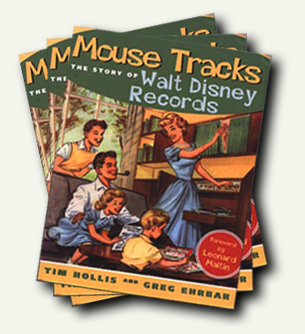


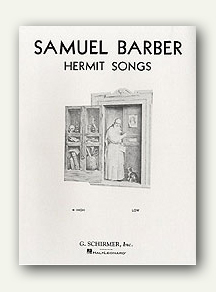
 Loneliness is the absence of the other, but solitude is the company of the self. –
Loneliness is the absence of the other, but solitude is the company of the self. – 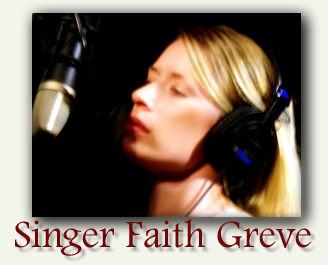 I have previously written about the
I have previously written about the 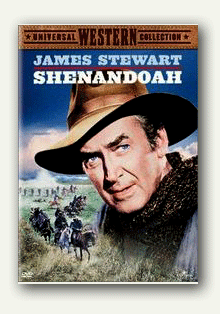 Either as a film composer or commercial composer, it will help your clients learn to depend on you more if you share your creative process with them. If you don’t, they will most certainly think of your job as just magic or even worse, nothing but talent or luck. If you are composing or writing for sophisticated buyers of creative arts, it is likely they already have experience with talent and especially fame, something that is wearing very thin. I like to think that every note I write is defendable in front of a panel of my peers.
Either as a film composer or commercial composer, it will help your clients learn to depend on you more if you share your creative process with them. If you don’t, they will most certainly think of your job as just magic or even worse, nothing but talent or luck. If you are composing or writing for sophisticated buyers of creative arts, it is likely they already have experience with talent and especially fame, something that is wearing very thin. I like to think that every note I write is defendable in front of a panel of my peers. 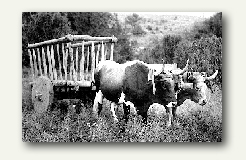 Being unequally yoked is a Biblical reference, but nonetheless, I like the descriptive metaphor of two oxen of different strengths joined by a big block of wood ostensibly joining forces to pull a creative load of art. Just make sure that the oxen coupled to you is an equal in all regards: four legs, two eyes, nice haunches, health insurance and an IRA account. If that ox on your immediate right is half your weight in these areas, then it’s not only your monetary success that will soon be forestalled. You may find that the passion for what was previously your “inspired work†will quickly minify to “busy workâ€. The up side is that you may soon enjoy a new and flourishing resentment of nearly everything in life, always entertaining chatter at parties.
Being unequally yoked is a Biblical reference, but nonetheless, I like the descriptive metaphor of two oxen of different strengths joined by a big block of wood ostensibly joining forces to pull a creative load of art. Just make sure that the oxen coupled to you is an equal in all regards: four legs, two eyes, nice haunches, health insurance and an IRA account. If that ox on your immediate right is half your weight in these areas, then it’s not only your monetary success that will soon be forestalled. You may find that the passion for what was previously your “inspired work†will quickly minify to “busy workâ€. The up side is that you may soon enjoy a new and flourishing resentment of nearly everything in life, always entertaining chatter at parties.